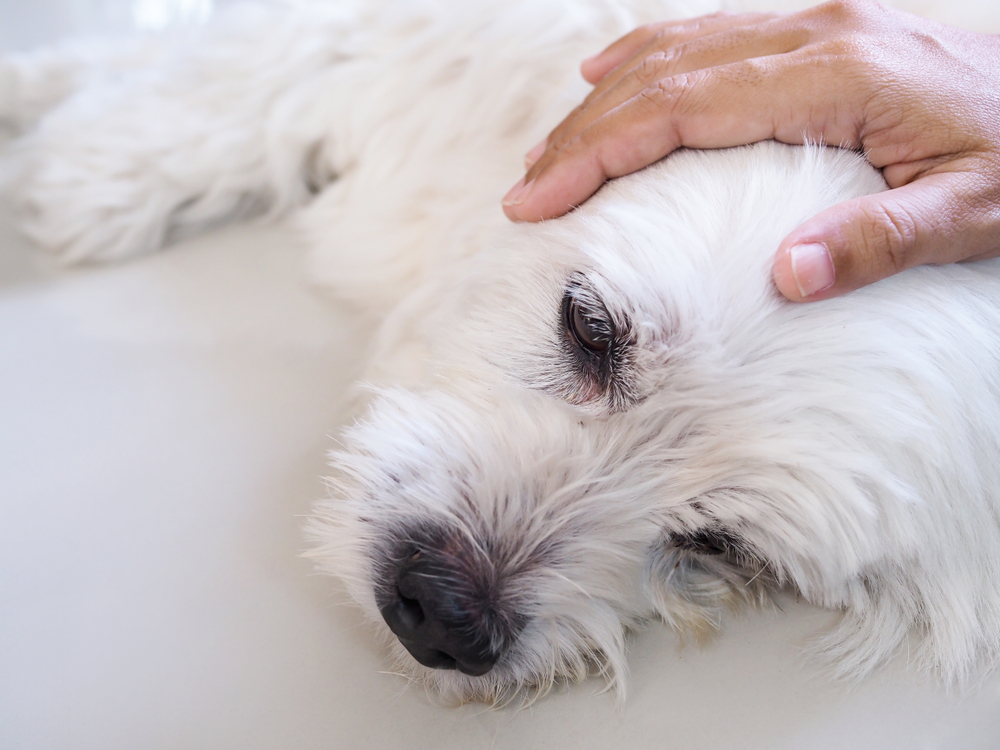
Dogs are our loyal companions who always love us unconditionally. However, they cannot communicate with us in a language we understand. Therefore, pet owners also need to be aware of the signs their dogs exhibit when they are in pain. Dogs are known to hide their pain, so as pet owners, v any potential signs of pain. This article will discuss some signs your dog may show when in pain that you should not avoid.
Change In Eating Habits
One of the first signs that your dog may be in pain is a change in their eating habits. Dogs love their food, and if they suddenly lose interest in eating, it could be a sign that they are experiencing pain. This could be due to also various reasons, such as dental or digestive problems. If your dog is not eating normally, taking it to the vet is also essential to rule out any underlying medical conditions.

Lethargy
If your dog is also not as active as usual and seems to be sleeping more than usual, also it could be a sign of pain. Dogs are naturally energetic; if they are not feeling well, they may become lethargic and seem to lack interest in their surroundings. Lethargy can also be a symptom of more severe conditions, so it is essential to take your dog to the vet if they are experiencing this symptom.

Aggression
Dogs in pain may exhibit aggression, even if they are normally well-behaved. This is because they are uncomfortable and may lash out to protect themselves. Aggression can be directed toward other animals or even humans. It is essential to try to approach a dog exhibiting aggressive behavior with caution and seek professional help from a vet or dog trainer.
Whimpering Or Whining
Whimpering or whining is a common sign of pain in dogs. They may make these noises when trying to move around or when you touch a particular part of their body, also that is causing discomfort. If your dog makes these noises, it is essential also to take them to the vet for a proper diagnosis.
Panting
Panting is another sign that your dog may be experiencing pain. Dogs pant when they are hot or stressed, but if they are panting excessively and there is no apparent reason, it could be a sign of pain. Excessive panting can also be a sign of other medical conditions, such as heart problems, so it is essential to have your dog checked by a vet.

Avoiding Certain Movements
It could also indicate pain if your dog avoids specific movements, such as jumping or climbing stairs. Dogs in pain may find it challenging to move around and avoid certain activities they usually enjoy. If your dog is avoiding specific movements, it is essential also to take them to the vet for a proper diagnosis.
Change In Body Language
Dogs that are in pain may exhibit a change in body language. They may walk with a limp or hold their tail between their legs. They may also avoid eye contact or seem more withdrawn than usual. If your dog is also exhibiting a change in body language, it is essential to take them to the vet to get a proper diagnosis.

Excessive Grooming
Dogs in pain may lick or chew at the affected area excessively. This is because they are also trying to relieve their discomfort. Excessive grooming can lead to further problems, such as skin irritations or infections. If your dog is excessively grooming itself, it is essential also to take them to the vet to get a proper diagnosis.
Avoiding Physical Contact
Dogs in pain may avoid physical contact or flinch or yelp when touched. If your dog is avoiding physical contact or showing signs of discomfort when touched, it's essential to have them examined by a veterinarian. These signs can also be an indication of an injury or illness.
Loss Of Interest In Activities
Dogs in pain may lose interest in activities they usually enjoy. For example, a dog that loves to play fetch may stop wanting to play or may show signs of discomfort when playing. Similarly, a dog that enjoys going for walks may become lazy or unwilling to go outside. Loss of interest in activities can be an indication of pain or discomfort.
Conclusion
Pet owners also need to pay close attention to their dogs and be able to identify signs of pain. Ignoring or avoiding these signs can lead to more severe health problems for your furry friend and a diminished quality of life.










Comments (0)
Leave a comment